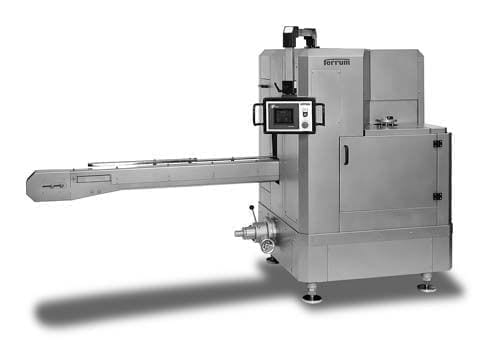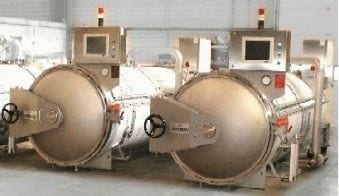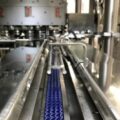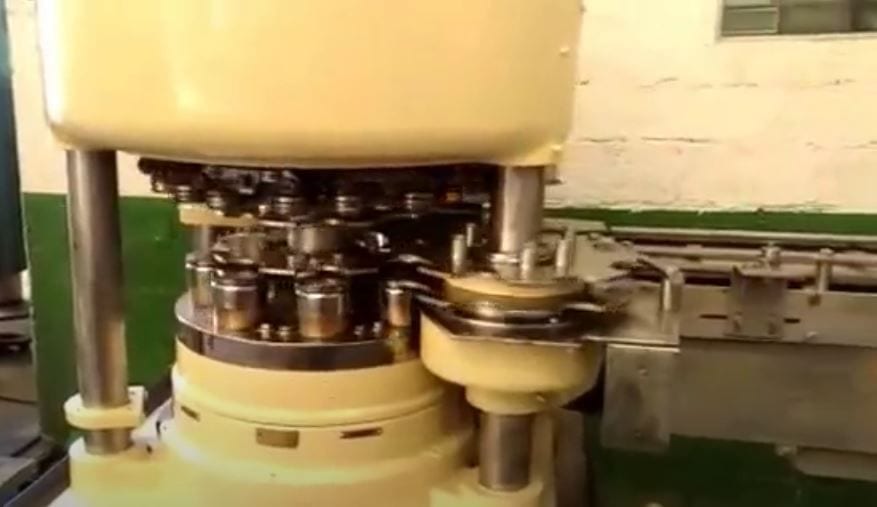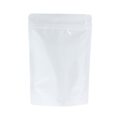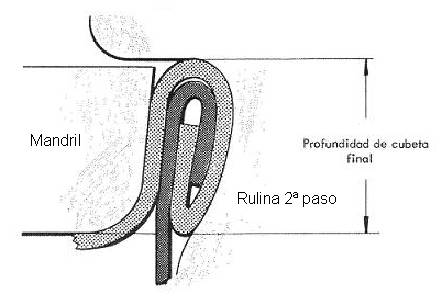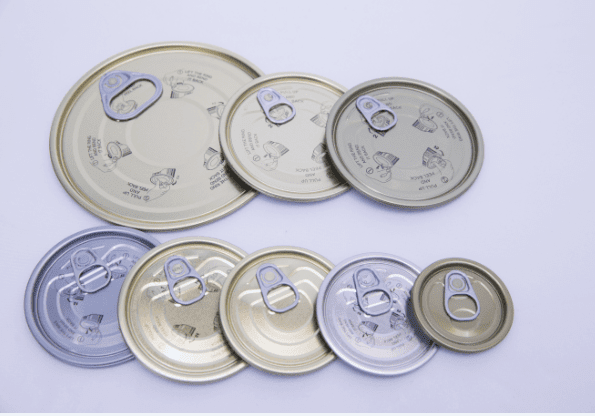The spring pressure on a can seamer can be adjusted and is important to ensure proper seaming. The required pressure depends on the format of the container and the thickness of the tinplate body, and may vary according to the type of seamer, the condition of the spring, etc. To calculate the spring pressure, it is necessary to consider several factors, such as the size of the container to be sealed and the technical specifications provided by the seamer manufacturer.
In the documents provided, it is mentioned that the pressure is regulated by adjusting the vertical distance between the chuck and the mandrel in the seal. It is also indicated that the compression plate must be mounted perfectly parallel to the mandrel and well centered with respect to its axis. In addition, a spring deflection of 0.5 mm must be maintained during the closing cycle.
To adjust the spring pressure, the following general steps can be followed, although it is important to consult the machine-specific instructions and the manufacturer’s recommendations:
- Determine the exact weight of the weights that will compress the can, if applicable to the test method.
- Place the weights on the soda can and proceed to compression.
- Adjust the height of the gauge needle appropriately to ensure the correct pressure.
- If necessary, reduce the spring pressure or replace it with a weaker one to adjust the pressure to the desired values.
It is also important to consider the mechanical condition of the seamer to avoid seaming defects and to ensure that the spring pressure is adequate for the type of can and closure being made.

